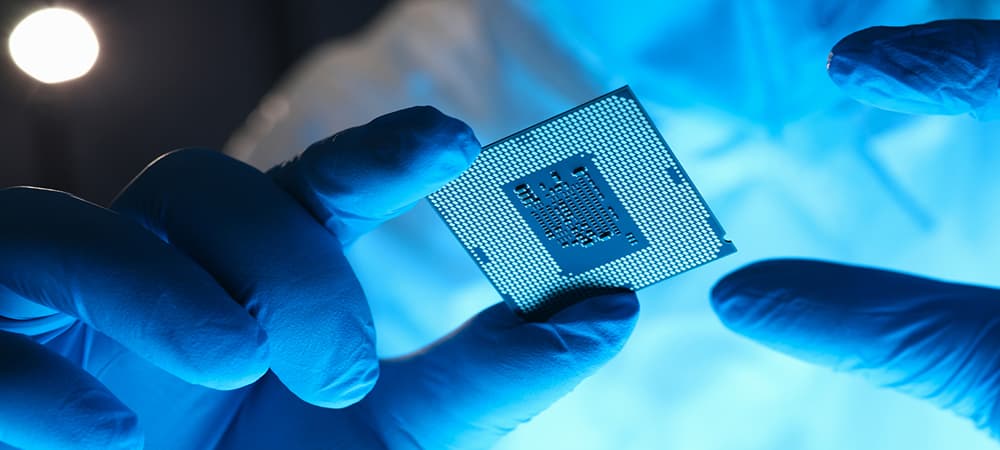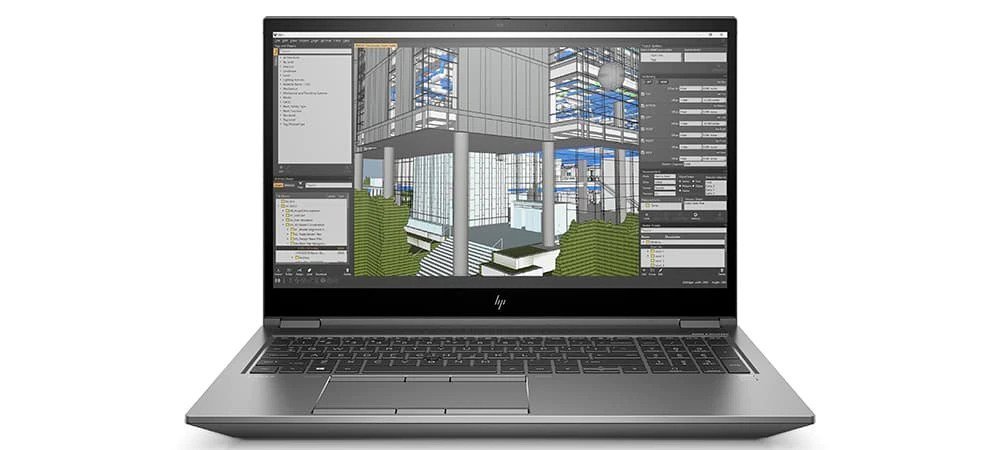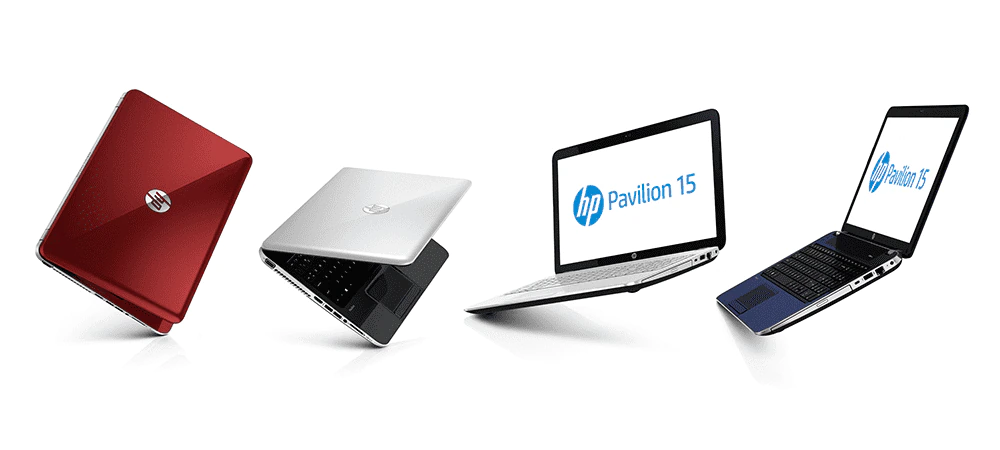Thank you for visiting the MALAYSIA HP Store
-
Contact Us
CONTACT USCall us
- Sales
- 1800 88 4889
- Technical support
- 1800 88 4889
Mon-Fri 8:30AM to 5:30PM
(exc. Public Holidays)
Chat with us- Our specialist are here to help
- Live chat
- Sales
- 60166999350(WhatsApp)
-

Mon-Fri 8.30am - 5.30pm
(exc. Public Holidays)
Live product demo
Store finder Locate our storesSubmit feedback We value your opinion! - Location
- My Account
How to Secure Erase an SSD Drive


If you’re considering clearing the data from your solid-state drive (SSD), a secure erase is a relatively simple procedure that you can perform through relevant software. How you actually secure erase an SSD mostly depends on the type of drive, but there are other factors that come into play as well, including its age.
Your SSD is an important and valuable component of your computer, so it’s important that you take it slow and understand the implications of each step of this process. Otherwise, you risk damaging your drive or losing crucial data. Whether you’re clearing it for your own use, selling it, or disposing of it, it’s important to make backups and use up-to-date software for your secure erase.
In this article, we’ll take a deeper look at the secure erase process and how you can safely wipe an SSD without adversely impacting its performance.
What is an SSD?
An SSD drive operates without any of the mechanical components that a hard disk drive (HDD) requires to access data. While SSDs are typically more expensive than HDDs for the same amount of gigabytes, they offer serious advantages like greater efficiency, no whirring disk drive, and lower susceptibility to damage or shock.
When considering the differences between an SSD and HDD, the major issues are related to how data is stored and deleted. In particular, data stored on an SSD is harder for some programs to find and erase compared to a traditional HDD.
Because most software has a more difficult time finding all the information it needs for a comprehensive wipe, erasing an SSD can be more sensitive.
If you’re using older software with an aging SSD, the erase procedures can start to cause damage. But don’t worry, because performing a safe and secure wipe on an SSD is easy - you just need the right tools. Plus, it’s only getting easier as the technology evolves.
The key to finding the best software and instructions for your device depends on knowing the drive’s manufacturer, so it’s worth getting familiarized with this beforehand.
Why formatting isn’t always enough
Most users who have worked with HDDs or handled new SSDs are probably familiar with the formatting process. At this point you might be wondering, why can’t I just reformat my SSD? Though a reformat can be useful, there is one important thing that distinguishes formatting and secure procedures: completeness.
Most often, formatting a drive is intended to prepare a new device for use. If you bought a new drive or want to reinstall your operating system, then formatting is a great way to make sure that it will work properly with your PC.
However, it does leave fragments of information as well as room for most data recovery systems to dredge your data back up. That means formatting isn’t usually the right procedure for resale or recycling.
IMPORTANCE DIFFERENCES TO KEEP IN MIND
With HDDs, formatting is even sometimes considered a possible component of regular maintenance. In those cases, the process can help clear out junk files that take up space with no purpose. With the right precautions and backups, some users routinely format their drive to increase efficiency. But that doesn’t mean the primary purpose of formatting is just to help out with occasional maintenance.
For those who store sensitive data or large amounts of data, it’s important to remember that drive formatting is never 100% thorough. With SSDs in particular, there is no guarantee that a single reformat will remove all the data that you need for a truly clean, secure wipe.
While formatting an SSD is an important and potentially necessary step when adding a new one to your system, it doesn’t offer the same level of confidence that comes with a secure erase.
How to clear data using your BIOS/UEFI
It’s important to know that a secure erase isn’t a standard BIOS/UEFI feature on most computers. If this option is available, chances are you’re using a less common type of motherboard or may already know a bit about your device’s interface.
Dedicated gaming systems frequently incorporate more options to provide better component control, so you could be in luck if you have a gaming PC.
If your BIOS or UEFI (the latest version of BIOS on Windows computers) supports it, the process should be relatively simple. For more specific instructions if you’re using a non-standard system, check out your user manual. Here’s how to securely wipe an SSD from BIOS.
- Enter your system BIOS / UEFI settings
- Look for your drive and select it. You may find it listed on a device index or under a separate tab, but the exact location depends on the configuration of your manufacturer’s interface
- Look for a Secure Erase or data wipe option. Some programs use other names, so you may need to watch out for other terms
- Perform the Secure Erase or wipe procedure, following any pertinent prompts or instructions that may arise
How to secure erase using driver software
The method most users prefer for driver management is to use their manufacturer’s software or a preferred third-party option. To get started, you should look up your device specifications and then check your manufacturer’s website for driver support options.
Most major manufacturers offer well-maintained programs that cover deletion, and you’ll also find an increasing number of third-party options as SSDs continue to become more commonplace.
It’s best to handle everything through up-to-date software from your device’s manufacturer, but that isn’t always possible. Read on to learn more about recommended major manufacturer software and good starting points for both free and paid management suites.
Good programs for managing your SSD
Most users typically interact with their SSD through management software. Most major manufacturers offer regularly updated programs that you can use for secure erase and a variety of other procedures, but there are more and more maintenance utilities out there designed to support SSDs.
Before you venture outside our list though, make sure you know your drive specifications and whether it’s supported by the software you’re considering. It’s also important that you remember to back up any information that you may want to preserve, because secure erase functions are intended to be comprehensive. That means if everything works correctly, any wiped information will be beyond recovery.
BEST SOFTWARE TO WIPE AN SSD
We’re taking a look at a mix of popular third-party applications as well as some of the most common manufacturer’s software:
- Intel® Solid State Drive Toolbox (manufacturer software)
- Samsung Magician (manufacturer software)
- GParted (third-party software)
- EaseUS (third-party software)
We’ll start off with a pair of widely used kits from two prominent manufacturers, Intel and Samsung, and then move onto freeware options from third-party companies. While those are freely available, there are paid services that offer their own advantages. PartedMagic is a long-established and still regularly updated paid option (and it actually started out as freeware).
1. INTEL SOLID-STATE DRIVE TOOLBOX
Type: Manufacturer | Cost: Free | Link to Download
For Windows users with an Intel SSD, the Intel Solid-State Drive Toolbox offers loads of useful features throughout the life of your device. It’s extremely easy to get started and the “Secure Erase” tab should be available on the left-hand side of the software’s main interface. Just select “Secure Erase” and follow the prompts.
Thanks to TRIM functionality and evolving tech, some programs like the Intel SSD Toolbox can also safely optimize your drive for better performance. Just like with other updates on your PC, you can configure your drive optimizer to run on whatever schedule best suits your routine.
Another benefit of using the Intel SSD Toolbox is its comprehensive support options. You’ll find thorough installation instructions, warranty information, and detailed instructions for how to deal with a variety of routine maintenance issues. Overall, Intel’s SSD offering is convenient and easy-to-use.
2. SAMSUNG MAGICIAN
Type: Manufacturer | Cost: Free | Link to Download
The Samsung Magician utility offers a similar suite of features compared to Intel’s Toolbox, but it has a more streamlined and up-to-date interface. Still, you’ll find the “Secure Erase” features in essentially the same place: around the middle of the left sidebar. Click on that tab to select your drive and follow the prompts to erase.
Novice users may find that Samsung Magician is a bit more user-friendly when getting started. While you may sometimes find a little more information on your display than you need, the simple layout keeps everything from feeling cluttered. If you’re trying to extend the life of your device, this software also provides an easy way to troubleshoot issues and keep tabs on drive health.
Having a more modern and user-friendly interface is helpful in this case, though Samsung doesn’t offer dedicated support for the Magician utility. However, you can easily find more software information on their SSD web page.
3. GPARTED
Type: Third-Party | Cost: Free (option to donate) | Link to Download
Short for GNOME Partition Editor, GParted is a trusted and well-established piece of software. It was also recently updated to handle a variety of drive tasks, in particular partition management. It’s open-source and has the benefit of working with most operating systems, making it a great option for Linux SSD users.
Getting started can be a bit more challenging than other software, because GParted is designed for optimal performance when it boots from physical media. That means you’ll need to follow the instructions to create what’s called a Live CD or USB, then load the application using whichever physical media your computer supports.
Despite the slight complexity of setting up GParted, you will find plenty of support topics and a ton of other user reviews and guides on the web. It’s totally free to use, but you can make a donation to the developers at your discretion.
4. EASEUS PARTITION MASTER
Type: Third-Party | Cost: Free or Paid | Link to Download
Another long-standing third-party option, EaseUS Partition Manager offers a good basic utility for securely erasing your SSD and a variety of paid options. To secure erase, simply select the drive you want to clean and right-click. Next, select “wipe data” from the drop-down and follow the prompts.
Both the free and paid options provide an inventory of your drives with a variety of commands available. You can check out their professional plan if you want to commit to EaseUS, or you can try it out at no cost via a trial version.
If you need more information about the Partition Master utility or any other EaseUS programs, check out their dedicated support center.
Do you really need to secure erase an SSD?
For the typical user, performing a secure erase or elaborate drive cleaning doesn’t need to be done frequently. The size and volume of files you handle throughout the year and the type of hardware you use also comes into play.
Low capacity and high volume scenarios make a maintenance routine more relevant. Fortunately, most management software makes optimization and cleaning extremely simple.
Bearing that in mind, the biggest reason most users will have to secure erase is when they’re reselling or recycling a used SSD. This guarantees that all of your information is secure from all potential future owners of the device.
The other major benefit is to future owners, who then receive a clean, well-maintained device. Whether you’re selling to a stranger or friend, this helps improve the SSD’s shelf life while delivering the best possible value.
Remember to use caution and know your device
It’s important to remember that older software and older SSDs can be more sensitive compared to the most up-to-date iterations. If your device is more than a few years old, you should make the extra effort to confirm compatibility and potentially work with a professional.
Depending on the state of your drive, it’s also important to remember to make a backup of any content you want to preserve. Secure erase procedures are designed to delete everything beyond recovery, so if you forget something, chances are you won’t be able to get it back using any conventional form of recovery software.
Consider using a trusted cloud storage provider to back up your most important files before you get started, so you can feel confident that your secure erase goes completely according to plan.
- Sales
- 1800 88 4889
- Technical support
- 1800 88 4889
Mon-Fri 8:30AM to 5:30PM
(exc. Public Holidays)
- Our specialist are here to help
- Live chat
- Sales
- 60166999350(WhatsApp)
-

Mon-Fri 8.30am - 5.30pm
(exc. Public Holidays)
Live product demo









